The Lunar New Year, with its elaborate banquets and glittering illuminations, is a highlight of the Hong Kong calendar.
The spring festival or Lunar New Year celebrations is cherished and celebrated by locals across the city as they exchange blessings and good wishes, invoking good fortune for the coming year.
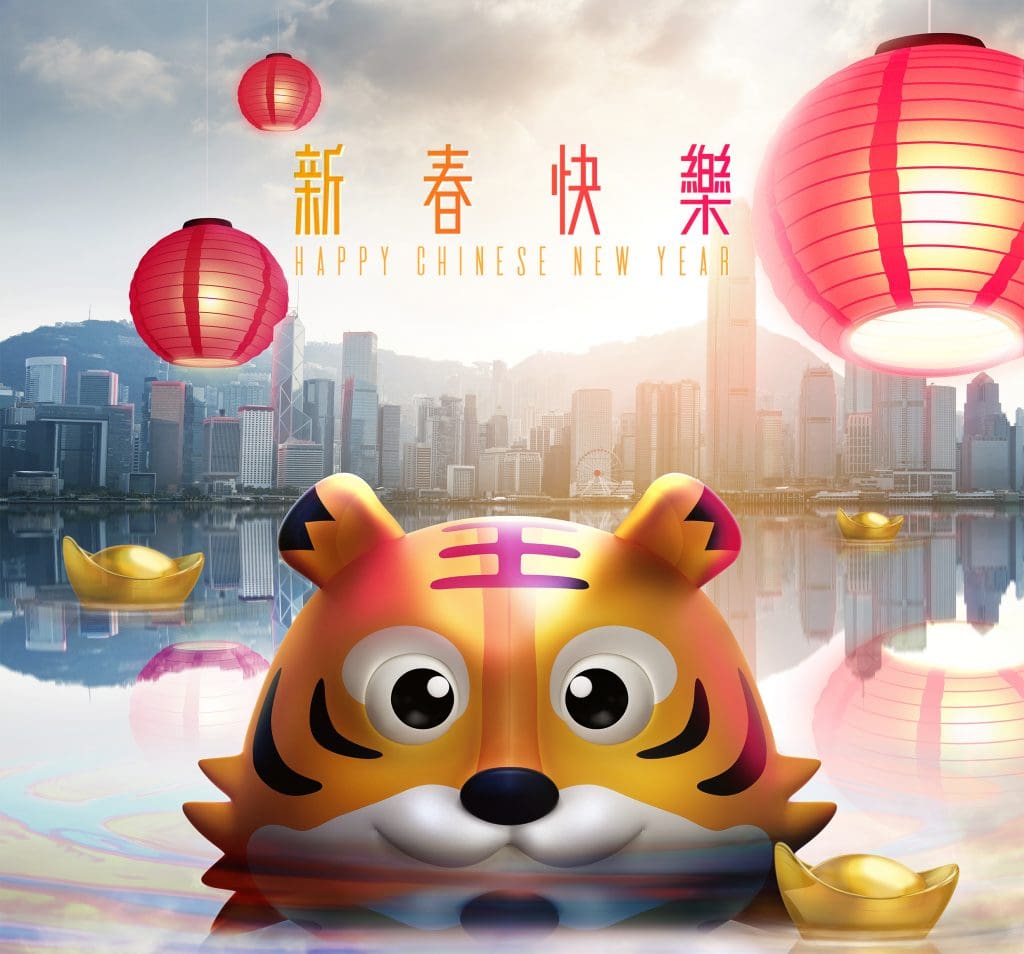
The Lunar New Year is more than just the start of a new calendar year; it is a time of reunion and rebirth, marking the end of winter and the beginning of spring. Hong Kong which is home to countless time-honored traditions is bound to bring you good fortune!
The Chinese calendar is based on a 12-year cycle, with each year associated with one of a dozen different zodiac animal sign and one of the five elements: Metal, Water, Wood, Fire, or Earth.
The year 2022 is designated as the Year of the Water Tiger, following the ox last year. The tiger is the third animal in the Chinese zodiac and is regarded as the king of all beasts.
In Chinese culture, the tiger is a symbol of bravery, wisdom, and strength.
During the Lunar New Year, Hong Kong is filled with activities: people clean and decorate their homes and
offices, give and receive lai see (red) envelopes with lucky money, and plan family dinners.
For this festive season, we bring to you some of the lucky traditions all the way from Hong Kong, including some that you can engage with even though you are miles apart:
Visit temples and shop for worship items:
Hong Kongers visit temples like Wong Tai Sin Temple, or Dai Sian, the busiest temple in Hong Kong to pray for
blessings to kick off the Chinese New Year festivities. It is believed that those who enter the temple first and make
an offering to the gods by burning the inaugural incense sticks will receive the biggest of blessings!
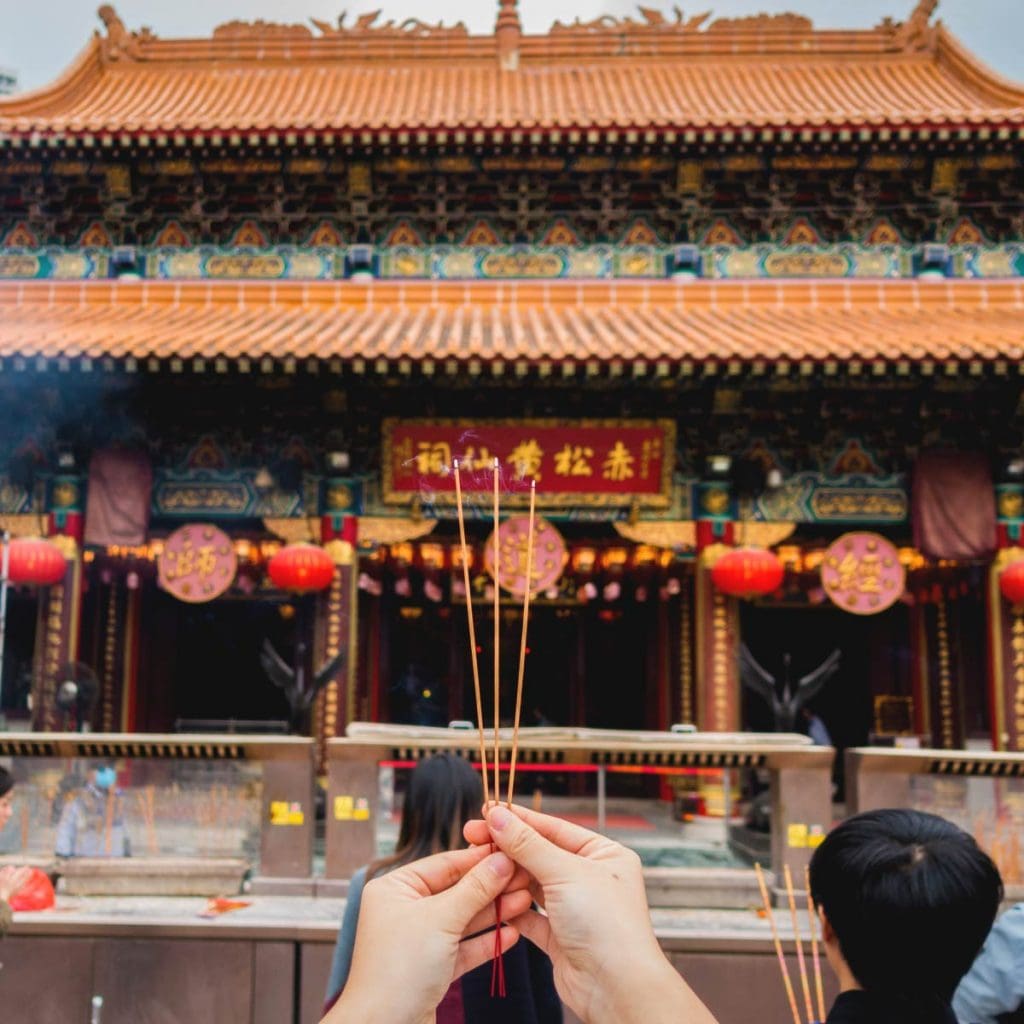
This year, Wong Tai Sin Temple is hosting a special online event during which visitors can pray and send their
wishes via their website. The platform was designed to accommodate foreign tourists as well as those who are unable to visit in person. Those who wish to send in their prayers can do so by filling out the form, which will then be collected and included in the temple’s regular Taoist rituals.
Lion dancing and Lai see:
The lion dance is one of the most important traditions of the Lunar New Year. Lion symbolizes power, wisdom, and superiority; thus, people perform lion dances to bring good fortune, prosperity, luck and to chase away evil spirits. While in Hong Kong, look and listen out for lion dances around the city by Master Kwok Man-Lung, martial arts expert, coach, and leader of Kwok’s Kung Fu & Dragon Lion Dance Team!
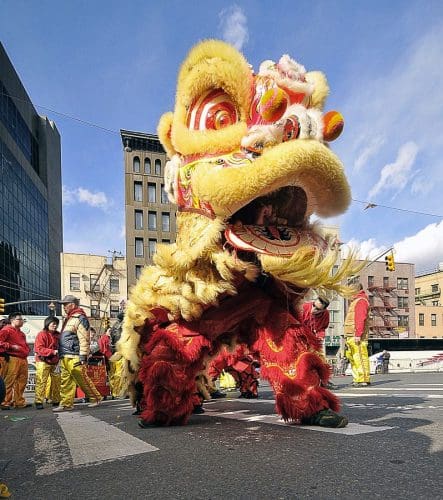
Indulge yourself in yet another tradition – gifting and receiving Lai see! The red envelopes with gold calligraphy, that signify good fortune, are filled with lucky money.
These are generally given by following the ‘big to small’ rule – ‘older to younger’ and ‘senior to junior’. Simply, hold the red packet with two hands, exchange greetings, and say ‘Kung Hei Fat Choy’ or receive lai see with both hands and express gratitude!
Festive food:
Another important aspect of the Chinese New Year celebration is the delicious, hearty meals enjoyed with friends and family. Enjoy lucky eats such as CNY puddings which symbolizes growth, vegetables that represent fortune, and fish that signifies abundance. However, only the middle part of the fish should be eaten, as it symbolizes hope for the year to start and end with a surplus.
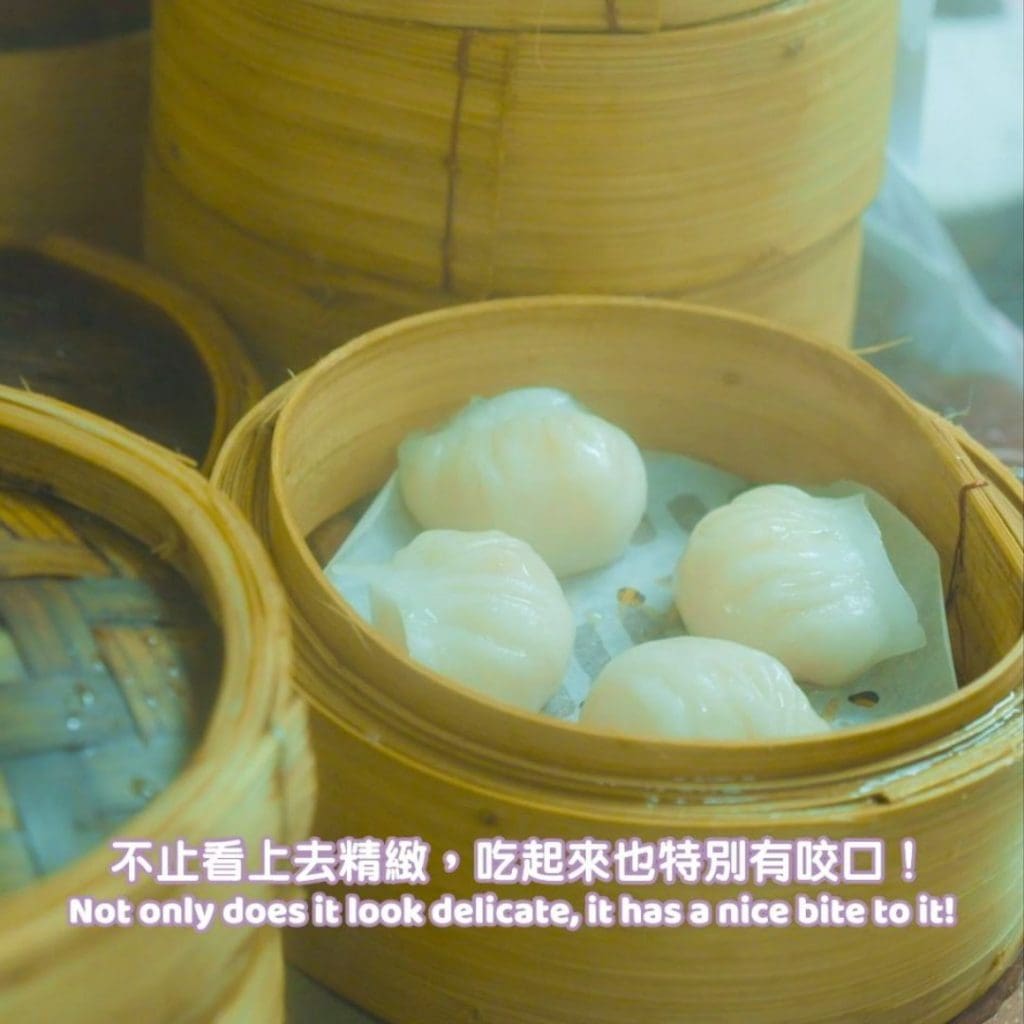
Traditional dishes prepared during the new year are thought to bring blessings in addition to their delicious taste.
Poon Choi, a special dish from Chinese restaurants Dong Lai Shun and The Royal Garden, is an example of this.
“Poon Choi” is a popular auspicious food eaten during the Chinese New Year that is thought to bring abundance and
wealth in the coming year.
This Cantonese dish contains a variety of delectable ingredients, including pork, beef, chicken, duck, abalone, shrimp, dried mushrooms, fish balls, squid, and vegetables.
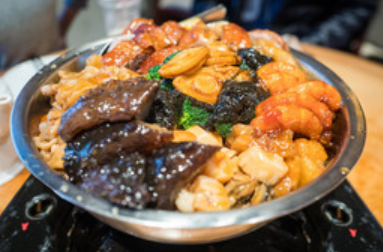
Dumplings, are the most important course of the traditional Chinese New Year’s Eve feast. During the festival, families sit around the dinner table and wrap dumplings together. Dumplings are popular among the Chinese people due to their resemblance to ancient silver and gold ingots, which represent wealth.
People say that the more dumplings you eat during New Year’s, the more money you’ll make the following year. They will also wrap a few dumplings with gold coins inside, and whoever receives the coin-dumpling is said to have good luck in the coming year.
Visit Chinese New Year flower markets:
The Chinese New Year flower markets are one of the must-visit places during the CNY period. The market brings the
festive spirit to life with colourful and aromatic displays of flowers.
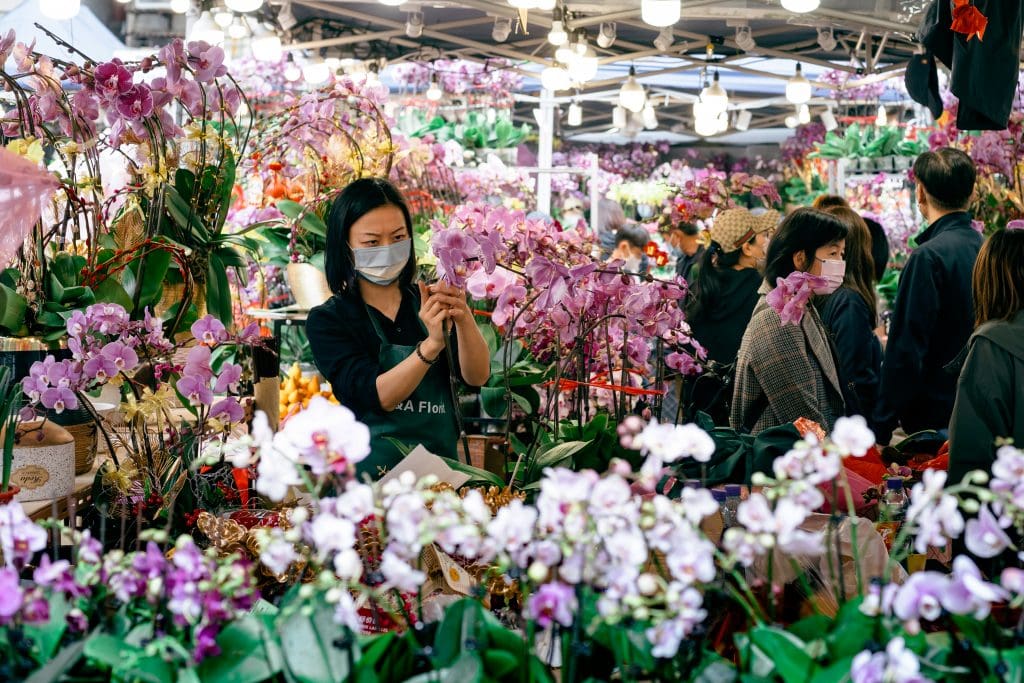
Traditionally, the whole family visits the flower market together to pick auspicious plants and flowers for good luck, wealth, and prosperity. It is believed that a stroll in the markets brings good fortune, as blooms signify wealth in Chinese culture and many flowers and fruits symbolise good fortune.
Make a Wish at Lam Tsuen Wishing Trees:
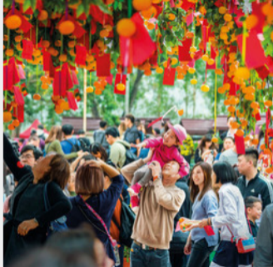
The Lam Tsuen Wishing Trees are a popular shrine in Hong Kong, located near the Tin Hau Temple. Praying for good luck is one of Hong Kong’s most well-preserved traditions.
People write down their wishes on joss paper, tie the paper to an orange, and throw it high into the tree’s branches. A legend has it that if the orange successfully lodges in the tree’s branches without falling, then a wish will come true!
Read More: Latest



